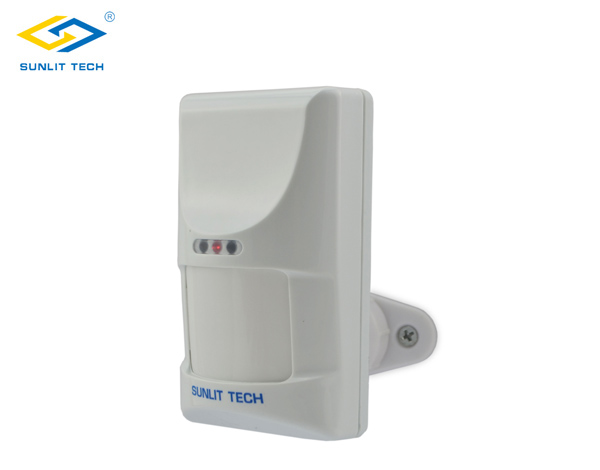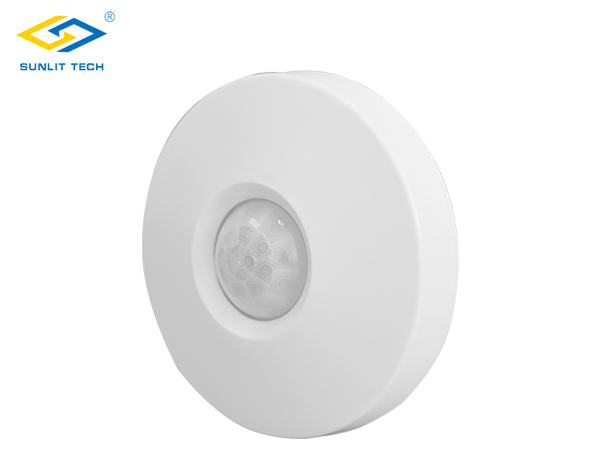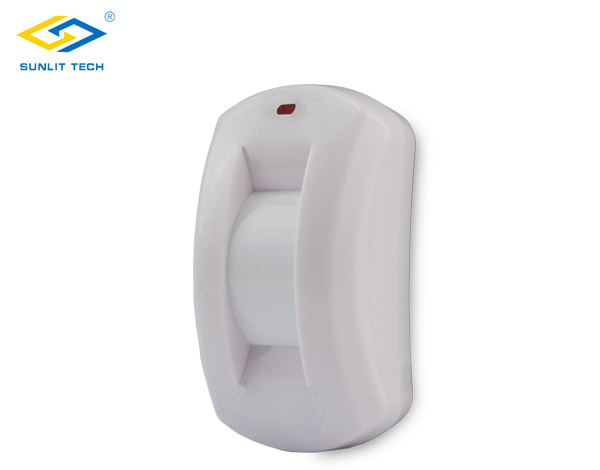The Role of PIR Sensors in Smart Home Security Systems
Passive Infrared (PIR) sensors have become an essential component in modern smart home security systems, offering a reliable and efficient way to detect movement and potential intrusions. These sensors work by detecting infrared radiation emitted by objects, particularly humans, and triggering alerts or automated responses. As the demand for smart home security grows, wireless indoor PIR detectors are playing a crucial role in enhancing safety, reducing false alarms, and integrating seamlessly with home automation systems.

How PIR Sensors Work in Smart Home Security
PIR sensors detect changes in infrared radiation, which occurs when a person or object moves within their range. When integrated into a smart home security system, these sensors can trigger alarms, send notifications to homeowners, or activate connected devices such as cameras and lights. Unlike traditional motion sensors, wireless PIR detectors provide greater flexibility in placement and eliminate the need for extensive wiring.

Key Benefits of Wireless Indoor PIR Detectors
One of the main advantages of using wireless PIR detectors in smart home security systems is their ability to provide non-intrusive yet highly effective monitoring. These sensors cover wide areas and can be positioned strategically to detect movement in hallways, entry points, or living spaces. Their wireless nature allows for easy installation and relocation as security needs change. Another benefit is their role in reducing false alarms. Advanced PIR sensors are designed to distinguish between human movement and environmental factors such as pets, air currents, or changing light conditions. Many modern wireless PIR detectors incorporate AI-based algorithms and dual-sensor technology to improve accuracy.

Seamless Integration with Smart Home Systems
Smart home ecosystems rely on interconnected devices for automated security and convenience. Wireless PIR detectors can be integrated with smart home hubs, alarm systems, and IoT-enabled devices. For example, a PIR sensor can trigger a security camera to start recording when motion is detected or send an alert to a homeowner’s smartphone via a mobile app. In addition to security, PIR sensors enhance energy efficiency. They can be programmed to turn off lights and HVAC systems when no movement is detected, reducing unnecessary energy consumption and lowering utility costs.
Applications of PIR Sensors Beyond Security
While PIR sensors are widely used for security purposes, they also have other smart home applications. These include:
Automated Lighting: Motion-activated lights provide convenience and energy savings.
Occupancy Detection: PIR sensors can help control heating and cooling based on room usage.
Elderly Care: In smart healthcare systems, PIR sensors monitor movement patterns to ensure the safety of elderly individuals.
Choosing the Right Wireless PIR Detector
Selecting the right PIR sensor for a smart home security system depends on factors such as detection range, sensitivity settings, battery life, and integration capabilities. Homeowners should consider sensors with adjustable sensitivity to minimize false alarms and ensure compatibility with their existing smart home ecosystem.

Future Trends in PIR Sensor Technology
As smart home technology advances, PIR sensors are evolving to become more intelligent and efficient. The integration of AI, machine learning, and multi-sensor fusion technology is expected to further enhance their accuracy and reliability. Future wireless PIR detectors may also incorporate thermal imaging, advanced signal processing, and cloud-based analytics to improve threat detection and response.
Wireless indoor PIR detectors play a vital role in smart home security by providing effective motion detection, reducing false alarms, and integrating seamlessly with automated systems. As technology continues to advance, these sensors will become even more sophisticated, enhancing both security and convenience in modern homes. Whether used for intrusion detection, energy efficiency, or smart automation, PIR sensors remain a key component in building a safer and smarter living environment.
wireless indoor PIR detectors smart home PIR sensors PIR security system wireless motion detector
 简体中文
简体中文
